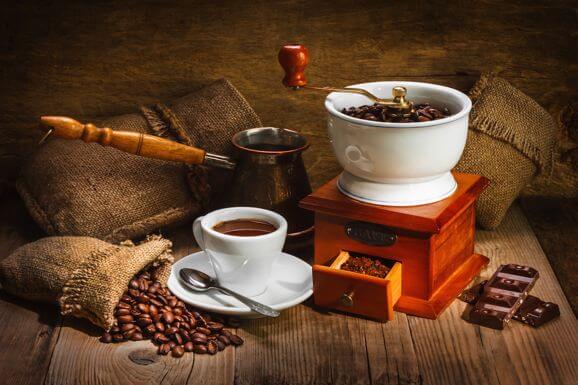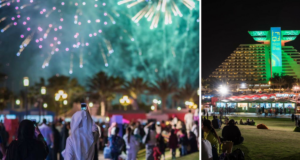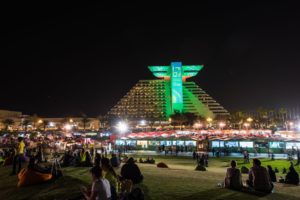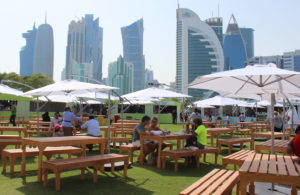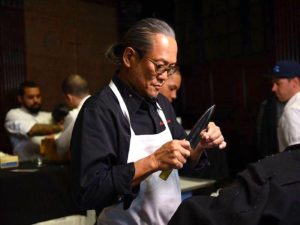Let’s celebrate all things coffee as Qatar holds its first International Coffee Expo (ICE Doha), which is being held in Katara Cultural Village. So get ready for coffee overload a look at ‘the world through your coffee’ according to ICE Doha.
Doha Coffee Overview:
Qatar is one of the world’s emerging coffee markets along with the GCC; in the coming years, the GCC and a few other emerging markets are set to reach 50% of the world’s total coffee consumption.
With the coffee industry quickly expanding into the region, the opportunities are boundless for all levels of coffee production. The number of coffee houses and cafes in the region have increased immensely in recent years, especially in Doha.
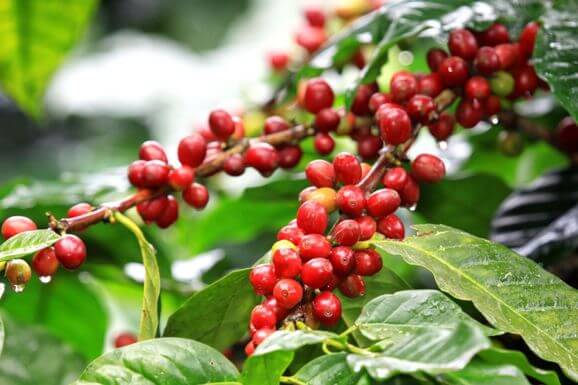
Instant coffees are huge in the region but that is slowly changing as coffee drinkers in the GCC are now favouriting espresso and speciality drinks. Without traditional coffee conventions in the culture the market is open to new innovation.
History of Coffee in Arab Peninsula:
Coffee traces its roots to the Ethiopian plateau, where coffee trees still grow. Legend has it that a goat herder named Kaldi first discovered the coffee bean, when he noticed that his goats that his goats became energetic when they ate the beans from a particular tree. His findings were reported to a local monastery that went on to make a drink using the beans. They found that it kept them awake and more alert for the long evening prayers. Word travelled quickly around the region, especially to the East and the Arabian Peninsula where modern day coffee would gain in popularity and spread across the globe.
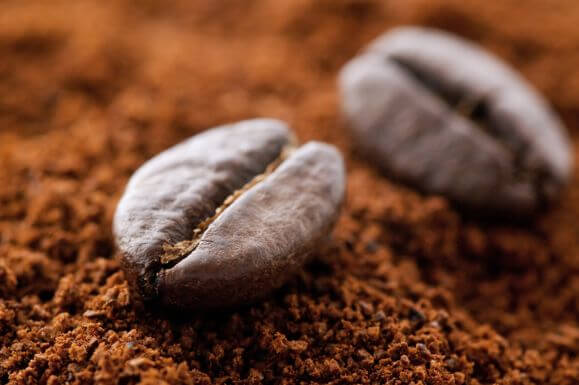
Once coffee was discovered by the Ethiopians, trade quickly developed across the narrowest section of the Red Sea. The Arabs enjoyed the coffee and coffee plantations would be set up in Yemen, marketing Arabia’s first ever coffee production.
Arab Sufi monks initially drank coffee in order to stay awake more easily for their midnight prayers. It was considered to be medicinal and even a religious aid. However coffee went mainstream as everyday use increased and the beverage made its way into peoples households, with the wealthiest homes having a coffee room.
During the 1400s Muslim pilgrims turned coffee into a major trade item in Persia, Egypt, Turkey and North Africa. During the 1500s coffee became the drink of choice. Coffee was given the name kahva – ‘wine of Arabia’ – because alcohol was forbidden. It was outlawed for a short period of time, but people still continued to drink the beverage in private and eventually the ban was withdrawn.
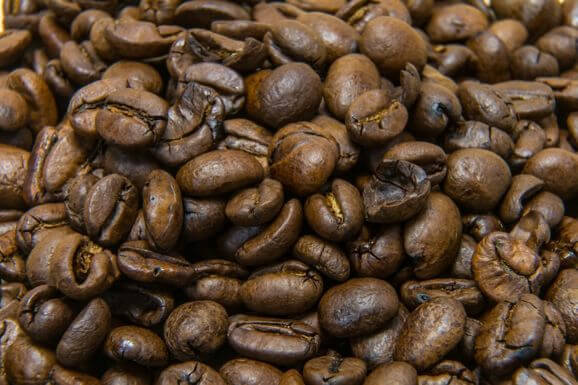
Coffee brought people together and inspired conversations covering all areas of life from business, the arts and entertainment. Coffee houses (known as kaveh kanes) became popular. The first documented coffee house opened in Constantinople (modern day Istanbul) in 1554, although there were many earlier ones in other areas from Cairo to Damascus.
Coffee houses continued to grow in popularity in Europe. The first bottega del caffe opened in Venice in 1645; in England in 1650 and in the united States by 1676 in the city of Boston. By 1726 New World coffees emerged from the first ever coffee harvests of Central America.
Brazil emerged as the world’s biggest producer, having more than 10 billion coffee plants with about 1.4 plants for every human on the planet! Successful coffee bean cultivation was mainly due tot he perfect growing conditions of the New World tropical rainforest climate and soils. Coffee plantations began to spread across Central and South America.
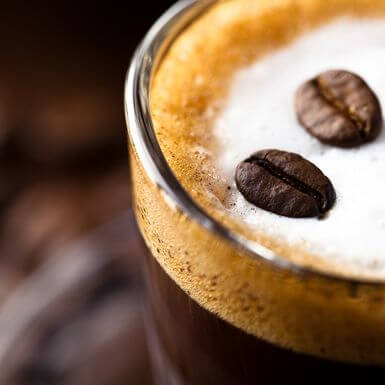
The coffee industry is a modern day success story with $15 billion in export revenues, and coffee production estimated to be 7.6billion kilos of coffee or about 1 kilo over person per year worldwide. Finland tops the list for the country that drinks coffee most regularly with an average per capita of 1,252 cups per year or 4 cups per day!
Facts About Coffee:
- Coffee is the second most traded commodity in the world!
- Coffee ranks second only behind oil.
- Over 50 countries and 25 million farmers work to produce enough coffee to keep the world caffeinated.
- Coffee beans are actually seeds and not beans at all; they are called beans because they look similar to an actual bean.

- There are two types of coffee beans – Robusta and Arabica. About 70% of the world’s coffee beans are Arabica. The Robusta bean has twice the amount of caffeine as the Arabica and tastes more bitter.
- Dark roasts have less caffeine than light roasts.
- Brazil produces over 40% of the world’s coffee beans, producing more than double that of Colombia and Vietnam (the second and third highest producers).
- If you drink approximately 100 cups of coffee the caffeine levels in your body would be toxic.

Pic and Information Credit: ICE Doha
